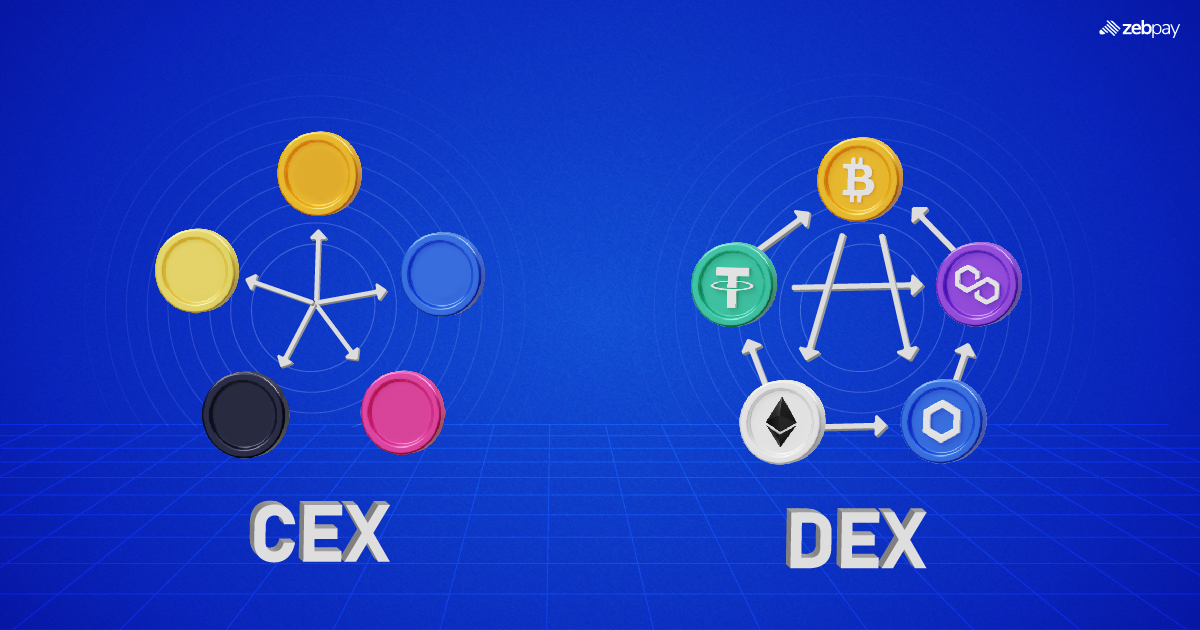Ever since crypto assets entered the global landscape, the term ‘sustainability’ has become a topic of discussion. From an environmental standpoint, opinions have been voiced with regard to crypto assets contributing towards high energy consumption and carbon footprint. Numbers revealed by the United Nations University and Earth’s Future journal have shown that in 2020-21, 173.42 Terawatt hours worth electricity was used by the worldwide Bitcoin mining ecosystem. As a result, the amount of carbon footprint totalled up to running 190 natural gas power plants or burning 84 billion pounds worth coal. On that note, parties are actively working on innovative solutions such as green crypto assets and sustainable blockchain technologies to mitigate their environmental impact.
Features of green crypto assets
Energy Efficiency:
Consensus Methods: Green crypto assets, typically, use Proof-of-Stake (PoS) or other low-energy forms of consensus that, significantly, reduce energy consumption compared to traditional Proof-of-Work (PoW) mechanisms.
Renewable Energy: Specific green crypto projects use renewable energy for their operations, further reducing their environmental footprint.
Sustainable Design:
Environment Friendly: These assets are built within a system that prioritises energy efficiency and the environment, ensuring that transactions and blockchain maintenance are less resource-intensive.
Carbon Offsetting: Some businesses have started to incorporate carbon offsetting strategies to balance their residual emissions, contributing to the overall environmental sustainability.
Technological Innovations:
Scalable Solutions: Green crypto assets, often, combine advanced technologies, such as sharding or layer-2 scaling solutions, to increase performance and reduce environmental impact.
Green Mining: Certain newer initiatives are using environment friendly-mining methods or partnering with green energy providers to generate energy for their mining purposes.
Examples of green crypto assets
| Name | Description |
| Cardano (ADA) | It uses a PoS system called Ouroboros, which is less energy-intensive. |
| Algorand (ALGO) | The network buys carbon credits to offset its emissions, along with using a PoS structure. |
| Chia (XCH) | Through using a consensus mechanism called proof of space and time, it utilises unutilised disk capacity in comparison to using energy-intensive computational resources. |
| Hedera Hashgraph (HBAR) | It makes use of an energy-efficient consensus mechanism called Hashgraph, and offsets energy through carbon credits and other sustainable means. |
| Nano (NANO) | Apart from using energy-friendly resources, the network uses a block-lattice structure and an Open Representative Voting (ORV) system. |
Advantages and Disadvantages of green crypto assets
Advantages
Reduced Environmental Impact:
Low Energy Consumption: Green crypto assets, typically, use less energy than traditional crypto assets such as Bitcoin, which rely on complex PoW systems. This decrease in energy usage reduces a blockchain’s environmental footprint.
Sustainable Operations: Many green crypto projects use renewable energy or carbon offset systems to, significantly, reduce their impact on the environment.
Long-Term Viability:
Environment-Friendly Design: Green crypto assets, which focus on sustainability, tend to gain support from eco-friendly investors and users, ensuring long-term relevance in a world increasingly affected by climate change.
Legislative Action: As governments and regulatory agencies increasingly focus on environmental sustainability, green crypto assets are well positioned to comply with future regulations and gain organisations’ support.
Innovative Technology:
Efficient Consensus Mechanisms: Green crypto assets, often, use new technologies such as PoS, proof of space, or other low-energy approval mechanisms, which also increase scalability and transaction speed.
Enhanced Security: Many green crypto assets incorporate advanced cryptography techniques and decentralised protocols that provide robust security, without compromising energy efficiency.
Disadvantages
Scalability Concerns:
Performance Trade-Offs: Some green crypto assets may face challenges in achieving the same scalability and transaction throughput as traditional crypto assets, especially when using alternative approval mechanisms that prioritise energy efficiency over speed.
Barriers to Adoption: Focusing on sustainability can slow adoption rates if the technology does not match the performance of established crypto assets.
Market Perception and Volatility:
Limited Awareness: Green crypto assets are, relatively, new and may not yet have the same recognition or trust as more established crypto assets, such as Bitcoin and Ethereum.
Read more: Bitcoin v/s Ethereum
Price Volatility: Like all crypto assets, green crypto assets can be highly volatile, which can deter investors unfamiliar with the technology or sceptical about its long-term potential.
Regulatory Uncertainty:
Developing Regulations: As green crypto assets align with environmental goals, they are likely to face regulatory challenges as governments around the world continue to evolve their approach to crypto assets.
Lack of Standardisation: The lack of a standardised framework, for what qualifies as a “green” crypto asset, can lead to confusion and make it difficult for investors to distinguish truly sustainable projects from those merely claiming to be green.
Future of green crypto assets
Increasing Adoption and Popularity:
General acceptance: As awareness of the environmental impact of traditional crypto assets increases, acceptance of green crypto assets is likely to increase. Investors, organisations, and even governments are becoming more aware of their carbon footprints, making green options more attractive.
Institutional support: The increasing trend of ESG (environmental, social, and governance) investments could drive institutional investors to prefer green crypto assets, leading to enhanced capital inflows and market stability.
Technological Advancements:
Increased Efficiency: Continued innovation in blockchain technology is likely to lead to more energy-efficient consensus methods and systems, reducing the impact of crypto assets on the environment.
Scalability Solutions: As green crypto projects mature, we can expect improvements in scalability, allowing these networks to handle larger transactions while maintaining lower energy consumption.
Integration with Broader Sustainability Initiatives:
Carbon Credits and Offsetting: Green crypto assets can be linked to carbon credit schemes and other environmentally-responsible measures to offset emissions more and contribute to global carbon reduction targets.
Partnerships with Renewable Energy Companies: We could see greater collaboration between crypto companies and renewable energy providers, putting green practices back into the industry.
Conclusion
As green crypto assets evolve, they represent an important step towards a more sustainable and responsible digital economy. Going by market reports, these assets address environmental concerns and ensure that future innovations are in line with environmental priorities. By bridging the gap between technology and sustainability, green crypto assets have the potential to reshape the crypto landscape, allowing the industry to have more growth and less environmental impact.
Keep yourself ahead of the curve with ZebPay blogs. Click on the button below and see why millions trust ZebPay with their trading needs!







